 Family: Violaceae
Family: Violaceae
Genus: Viola
Species: Viola odorata
Common names: wood violet, sweet violet, English violet, common violet, florist’s violet, garden violet Swedish name: doftviol, luktviol
Viola is a genus of flowering perennial and annual plants, a few are small shrubs. It is the largest genus in the family, Violaceae, containing between 525 and 600 species. Most are found in the temperate Northern Hemisphere, but some are found in divergent areas such as Hawaii, Australia, and the Andes. A large number of species, varieties and cultivars are grown in gardens for their ornamental flowers. The terms viola and violet are normally reserved for small-flowered annuals or perennials. And the term pansy is normally used for annual or biennial large-flowered cultivars which are raised from seed. Cultivars of Viola cornuta, Viola cucullata, Viola odorata, are commonly grown. Other species grown include Viola labradorica, Viola pedata, and Viola rotundifolia.
Viola odorata is native to Europe and Asia, but has also been introduced to North America and Australia. The plant is known as Banafsa, Banafsha or Banaksa in India. Several cultivars have been selected for garden use. The sweet scent of this flower has proved popular throughout the generations particularly in the late Victorian period, and has been used in the production of many cosmetic fragrances and perfumes. Viola odorata flowers and newly sprung leaves are also edible. The flowers, leaves and roots contain vitamin A and C.
Description: Viola odorata is a hardy herbaceous flowering perennial. The flowers are aromatic and normally either dark violet or white. The leaves and flowers are gathered in a basal rosette. The plant spreads with stolons (above-ground shoots). The sweet violet blooms in Spring (in Sweden April-May). There are cultivars with pink, yellow, blue and white flowers some are even double/filled. One of my favorites is ‘Königin Charlotte’ or ‘Queen Charlotte’ (and it is not because of the name).
How to grow: Viola odorata prefers a somewhat moist and humus rich soil in partial shade. Fertilization is not necessary. Giving it too much nutrition discourage blossom in advantage of leaves. It is suitable as a ground cover under airy shrubs and in garden beds. It is lovely in a woodland edge or let it grow wild in the lawn. Some treat it as a weed since it easily spreads with both the stolons and seeds in the grass. But to me it adds more value to the lawn.
To sweet to eat?

Violet Decoration. Photo: distopiandreamgirl ©
The violet was a symbol of fertility and love to The Ancient Greeks, they used it in love potions. Medicinal the flowers and leaves of viola are made into a syrup used in alternative medicine mainly for respiratory ailments associated with congestion, coughing, and sore throat. But the syrup may be used for other purposes too. I remember the small candy boxes with Violet Pastilles we used to get when I was a little girl. The lovely taste lingers in my memory, when I got older I discovered the awesome taste combination liquorice and violet.
Recipes:
- Edible Wild Plants Recipes: Violet Yam, Violet Vinager, Violet Syrup at Emergency Outdoors
- Floral Gift in a Jar: Home-made Sweet Violet Sugar for Cakes and Bakes by Karen at Lavender and Lovage
- Spring Flower Lollipops by Heather at Sprinkle Bakes
- Candied Violets and more from the edible flower garden…
© The photo is licensed by Creative Commons and some rights are reserved. License Attribution 2.0
Shared at:



 Family: Urticaceae
Family: Urticaceae



 Family: Rosaceae
Family: Rosaceae

 Family: Oxalidaceae
Family: Oxalidaceae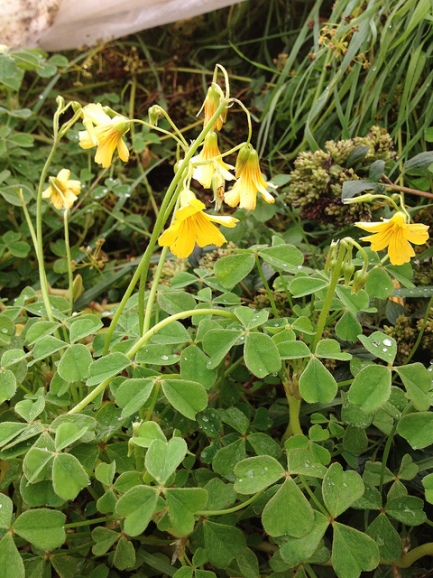
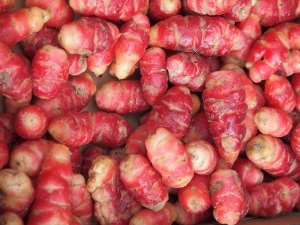
 Family: Onocleaceae
Family: Onocleaceae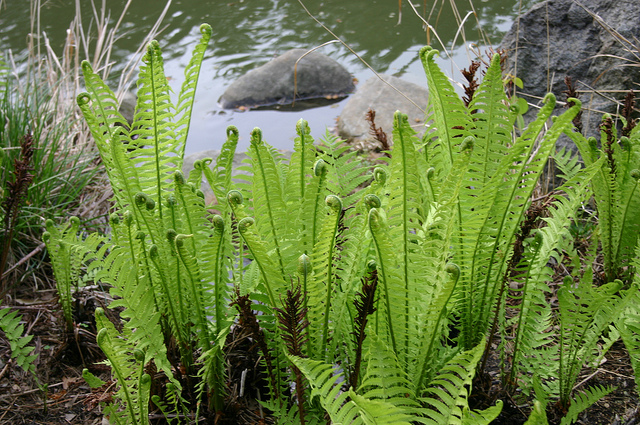
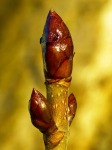
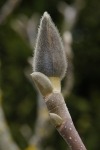




 Family:
Family: 









